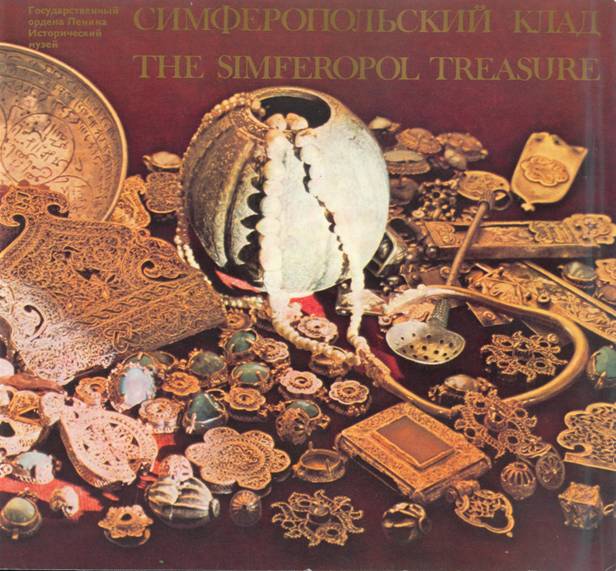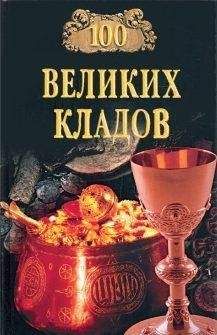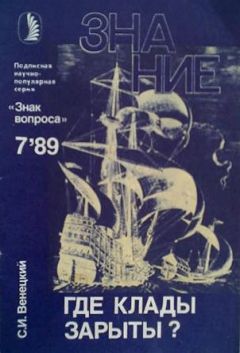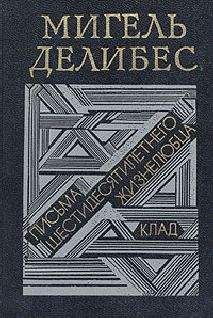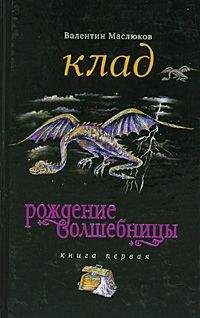Italian towns to plunder their wealth and seize their inhabitants.
Under Tatar rule the town of Solhat (now the town of Stary Krym, 23 kilometres west of Feodosia) became the centre of their domains in the peninsula and was renamed Krym. With the passage of time this name was applied to the entire peninsula.
By the end of the 13th century and in the first half of the 14th century the town of Krym (Solhat) already had a considerable population of merchants and craftsmen. The Arabian traveller Ibn-Battuta, who visited the town in 1334, described it as big and attractive. The residence of the Crimean vice-roy, appointed by the khan of the Golden Horde, was in Solhat, the main administrative centre of the entire Crimea. It was the vice-roy's duty to control the collection of tribute from the subjugated population of the peninsula into the khan's treasury.
The Crimea was more than once subjected to devastating raids by rulers of uluses who wanted to become totally independent of the Golden Horde, and by others who desired to crush the Horde's power. The most devastating raids on the Crimea were in 1299 by Nogai, in 1395 by Tamerlane, and in 1399 by Yedigei, when most of the peninsula was pillaged.
The military raids and the strife among Tatar feudals plagued the population with destruction and plunder. In anticipation of danger wealthy people tried to hide their riches by burying them. It was thus, it seems, that gold and silver articles of the present Simferopol treasure were interred and stayed buried until their discovery in 1967. There is no doubt that the owner had concealed his belongings in a hurry, trying to put them into something solid, most probably in a clay jar. One of the articles (a paitsa) was bent in half so that it could be inserted into the receptacle and for the same reason some other items were slightly damaged and bent.
In all probability the treasure belonged to a rich feudal who held a high military or administrative post. This supposition is supported by the articles in the treasure and first of all by the paitsa. Paitsa is a small plate usually elongated and much less frequently of a round form with an aperture at one end, so that it could be suspended on a belt. Khans granted them to officials as a symbol of authority. When a paitsa was produced everyone had to obey its possessor under penalty of death. The owners of paitsa capitalized on this and exploited the population by collecting tribute and making people work not only for the khan but also for themselves. Paitsa were also issued to messengers sent with khan's order, to merchants setting out to foreign lands with diplomatic missions or big consignments of goods and also to eminent travellers. On their way the owners of paitsa could demand means of transportation and fodder for horses, food and accommodation, protection along the most dangerous sections of the road.
Gold, silver, silver with guilt, bronze, cast iron and even wooden paitsa are known. The silver paitsa in the Simferopol treasure weighs 497.9 grammes, and has a guilt inscription on both sides reading as follows: "Issued by the great khan of the Eternal Heavens. Those unfaithful to Mongols are deprived of their lives." Shown on the obverse side of the paitsa, amidst fluffy clouds in its upper part is a guilt picture of the sun in the form of a circle with a six-petal rosette inside symbolizing radiating sunbeams. The reverse side is decorated by a guilt crescent also in the surrounding of clouds. These ornaments are similar to the drawings on paitsa discovered in the lower reaches of the Volga and containing the names of khans in their inscriptions. One is the name of khan Tokhta (1290-1312) and the other -of khan Uzbek (1312-1341). The similarity of the ornament on all the three items gives the reason to refer the paitsa from the Simferopol treasure to the category of a 14th-century paitsa of the Golden Horde.
It is quite possible that one of the Golden Horde khans had presented the owner of the treasure not only with the paitsa but also with some other articles. The famous Venetian traveller Marco Polo writes that along with the plates that is the paitsa, the great khans also granted silverware. There are also silver vessels in the Simferopol treasure. For instance, a bowl with a circular bottom and stylized inscriptions on its outer and inner surfaces, a small vessel with a spout, an inkpot decorated with fancy stamps with a floral ornament, a spherical vessel with a lid, its surface, divided into sections and adorned with floral patterns against a niello background. Only conjectures can be made about the designation of this wonderful vessel. It is quite possible that it was used to hold ceruse, antimony and other cosmetics that had to be sifted and ground by means of special articles. There is no doubt that the long narrow spoon and the spoon-sieve also found in the treasure served this purpose.
A spoon-ladle with an interesting figurine of a man at the end of the handle is worthy of note. The man is sitting, elbows resting on his knees, holding with both hands a vessel from which he is drinking. The man wears a conical Turko-Mongolian hat. Its crown has stitched vertical seams joining at the top. There is also a stylized figurine of an eagle-owl with huge round eyes at the place where the handle joins the ladle. Most probably this figurine served as a charm protecting the owner from evil spirits. The Mongols venerated the eagle-owl from ancient times.
By their nature, ornament and technique these articles, including the paitsa, are very close to similar objects encountered on the main territory of the Golden Horde. It should be believed that these things were made by Golden Horde craftsmen, chiefly from the towns in the lower reaches of the Volga known as the centres of developed handicrafts.
All the articles in the treasures,
